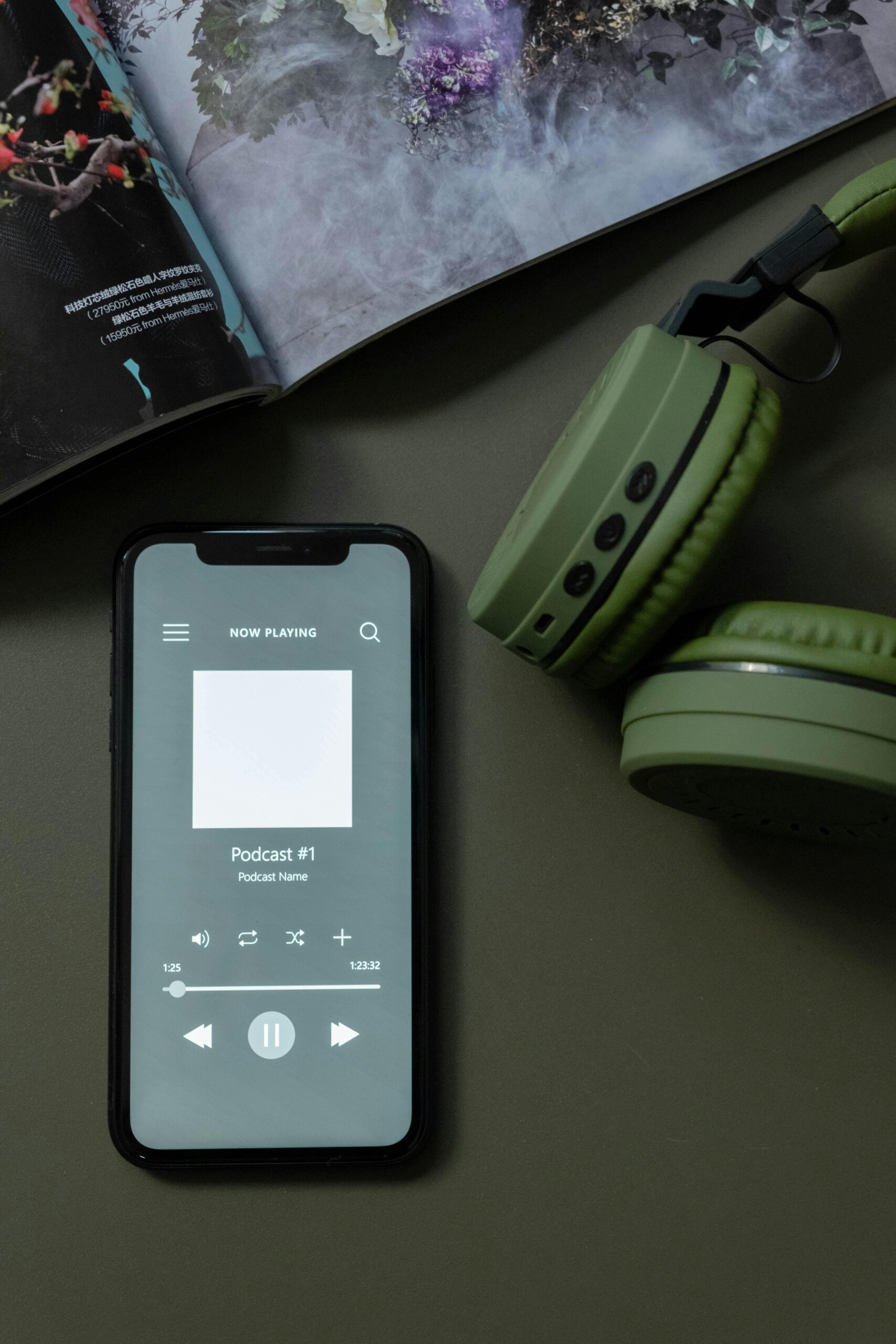In today’s digital age, music distribution has evolved significantly, allowing artists of all levels to share their music with a global audience. Streaming platforms like Spotify, Apple Music, and others have become essential channels for reaching fans and building a career in music. This blog will guide you through the process of distributing your music and getting it on major streaming platforms.
Why Music Distribution Matters

Music distribution refers to the process of making your music available to listeners through various channels, including streaming platforms, digital stores, and physical formats. Here are some key reasons why effective distribution is crucial:
- Global Reach: Streaming platforms have a vast reach, allowing artists to reach listeners worldwide without geographical limitations.
- Revenue Generation: Streaming platforms provide artists with opportunities to earn royalties based on the number of streams their music receives.
- Discoverability: Being on major platforms increases your visibility and discoverability, making it easier for new fans to discover your music.
Steps to Distribute Your Music
1. Create Your Music
Before you can distribute your music, you need to have high-quality recordings ready to share with the world. Ensure your music is mixed and mastered professionally to meet industry standards.
2. Choose a Music Distributor
A music distributor acts as an intermediary between you (the artist) and streaming platforms. Some popular music distributors include:
Research different distributors to find one that meets your needs in terms of pricing, services offered, and royalty distribution.
3. Sign Up and Upload Your Music
Once you’ve chosen a distributor, sign up for an account and upload your music. You’ll need to provide metadata about your release, including:
- Artist Name
- Track Title
- Album Title (if applicable)
- Release Date
- Genre
- Cover Art

4. Set Your Release Date
Choose a release date for your music. Some distributors allow you to schedule releases in advance, giving you time to plan your promotion strategy.
5. Pay Distribution Fees
Most distributors charge a one-time fee per release or an annual subscription fee. Pay the required fees to proceed with distributing your music.
6. Review and Submit
Review all the information you’ve provided, including your music files and metadata. Once you’re satisfied, submit your release for distribution.
7. Wait for Approval
Your distributor will review your submission to ensure it meets their guidelines and technical requirements. This process may take a few days to a couple of weeks.
8. Distribution to Streaming Platforms
Once approved, your music will be distributed to major streaming platforms such as Spotify, Apple Music, Amazon Music, Deezer, Tidal, and more. Each platform may have its own timeline for making your music available to listeners.
9. Promote Your Release
While your music is being distributed, start promoting your release. Share it on social media, create promotional content (e.g., lyric videos, behind-the-scenes footage), and encourage your fans to pre-save or pre-order your music.
10. Track Performance
After your music is live on streaming platforms, track its performance using analytics provided by your distributor and streaming platforms. Monitor streams, audience demographics, and playlist placements to assess your release’s impact.
Conclusion
Understanding music distribution is essential for independent artists looking to reach a global audience and build a sustainable career in music. By choosing the right distributor, preparing your music and metadata accurately, and promoting your release effectively, you can maximize your chances of success on streaming platforms. Remember, distribution is just the beginning—continuously engage with your audience, collaborate with other artists, and refine your craft to grow your fanbase and achieve long-term success.
